What Happens If You Accidentally Break an Artwork in a Museum?
Accidentally damaging an artwork in a museum is a scenario that can fill any visitor with dread. However, museums are prepared for such incidents, understanding that accidents can happen. The aftermath of such an event typically unfolds in a series of steps aimed at assessing and mitigating the damage, holding responsible parties accountable, and preventing future incidents.
Immediate Response
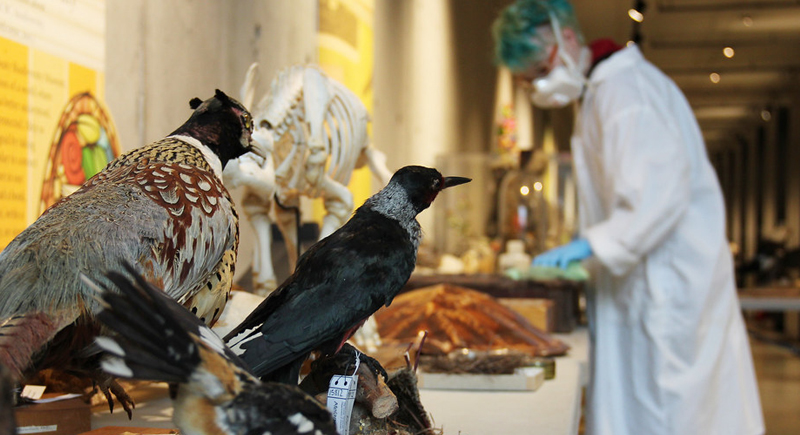
Credit: flickr
Museum staff are trained to handle artwork damage. They will first secure the area to prevent further damage to the artwork and ensure the safety of visitors. The artwork is then carefully examined by conservators to assess the extent of the damage.
Incident Report
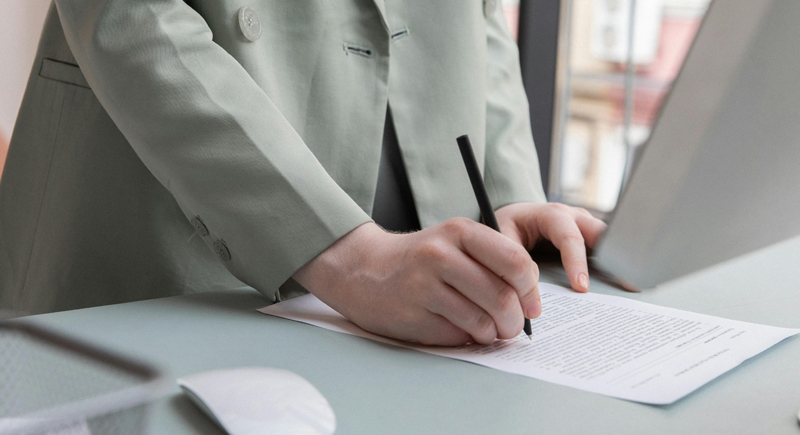
Credit: pexels
An official report documenting the incident, including witness accounts and the circumstances under which the damage occurred, is compiled. This serves as a record for the museum and may be used in any subsequent investigations or insurance claims.
Assessment and Restoration
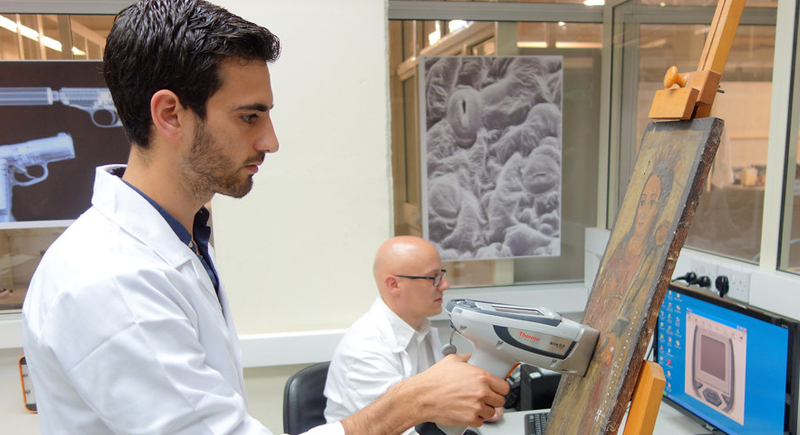
Credit: flickr
Conservators will assess the damaged artwork to determine if restoration is possible and to what extent. Restoration efforts are undertaken with the goal of returning the piece to its original state, though this can sometimes be impossible or cost-prohibitive.
Insurance Claims
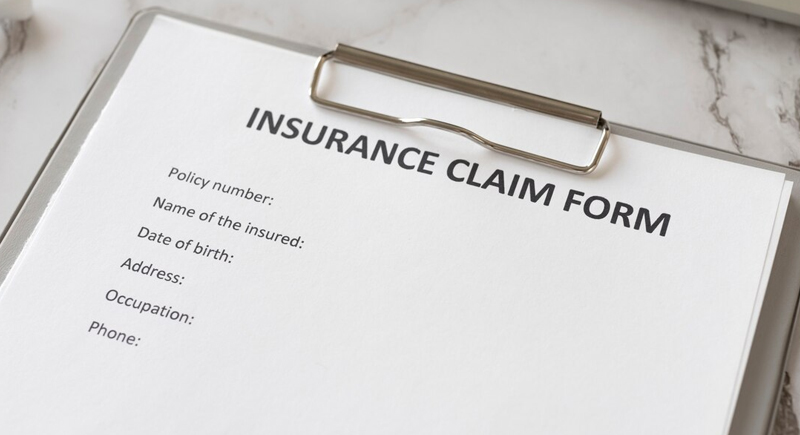
Credit: freepik
Museums typically insure their collections, and the insurance company will be notified of the incident. The claim process involves evaluating the artwork’s value, the cost of restoration, and determining compensation based on the policy’s coverage.
Legal and Financial Responsibility
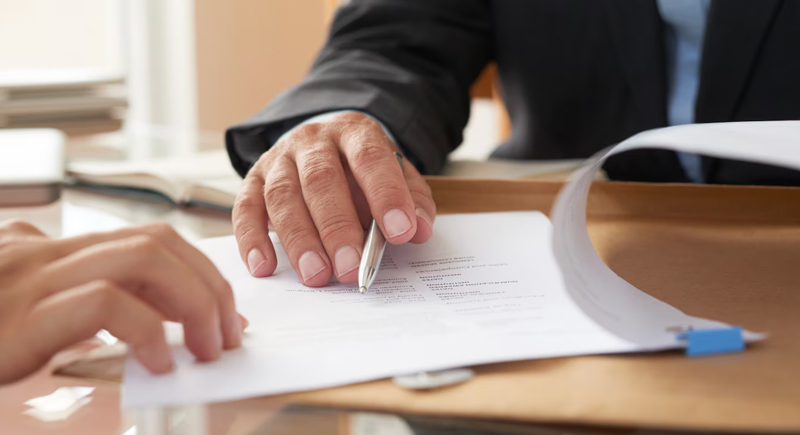
Credit: freepik
The question of who pays for the damage depends on the museum’s policies, the circumstances of the incident, and local laws. Visitors may be held financially responsible in some cases, especially if negligence is involved. However, museums may not always pursue compensation, particularly if the damage was accidental and the visitor acted responsibly.
Review of Policies and Procedures
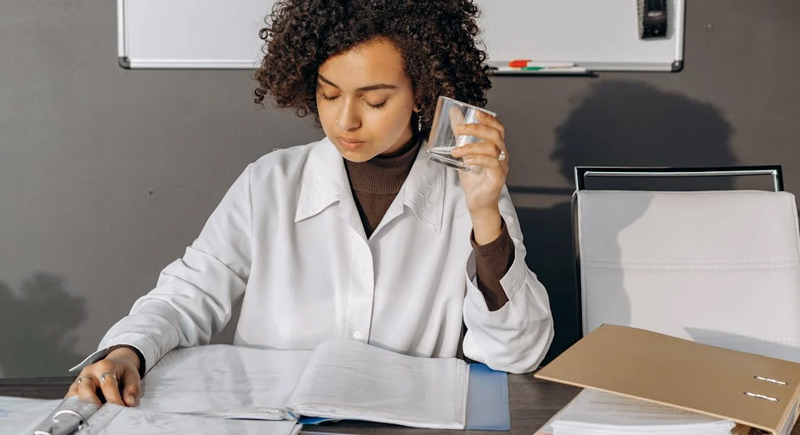
Credit: pexels
After an incident, museums often review their policies and procedures to prevent future occurrences. This could involve changes to the layout, increased security measures, or additional signage to remind visitors of the rules.
Educational Opportunity

Credit: iStockphoto
Some museums use incidents of artwork damage as educational opportunities, discussing the importance of conservation work and the challenges involved in preserving artwork for future generations.
Public Relations Management
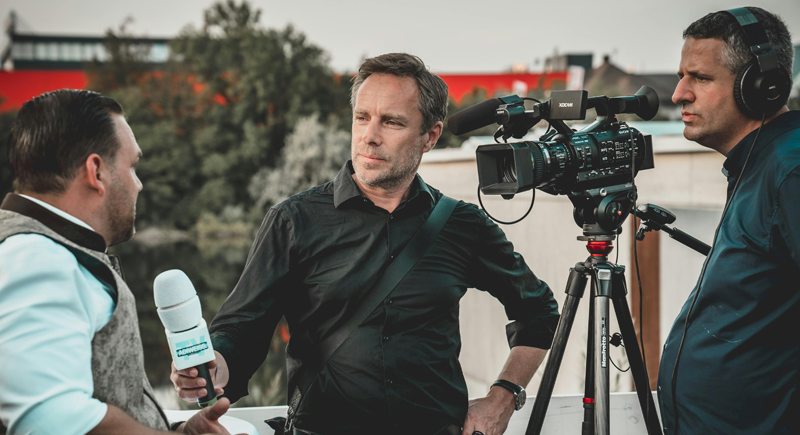
Credit: pexels
Museums may address the incident publicly, especially if it gains media attention. Their approach typically emphasizes the museum’s commitment to art preservation and the steps being taken to restore the damaged piece, aiming to maintain public trust and transparency.
Training and Staff Development

Credit: pexels
An incident of artwork damage often leads to reevaluated staff training programs, ensuring that all employees are prepared to prevent and respond to similar situations in the future. This could include improved security protocols or emergency response training.
Visitor Awareness Campaigns
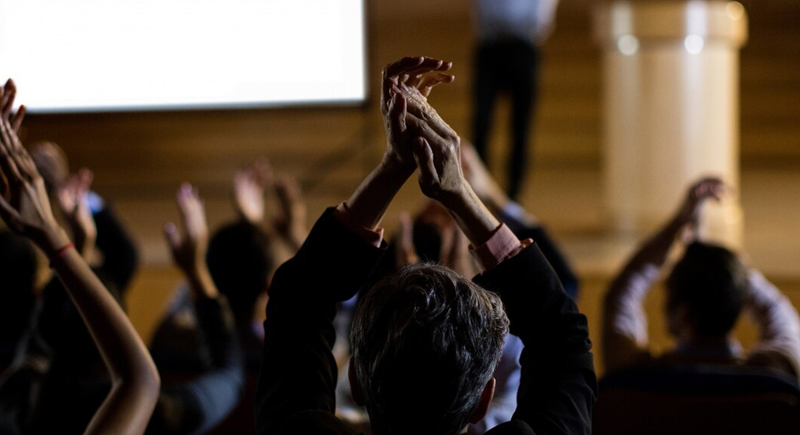
Credit: freepik
Museums might launch campaigns to raise awareness among visitors about the importance of preserving art and respecting museum rules. This could involve educational materials, interactive sessions, or enhanced guidance signage around sensitive exhibits.
Enhanced Security Measures
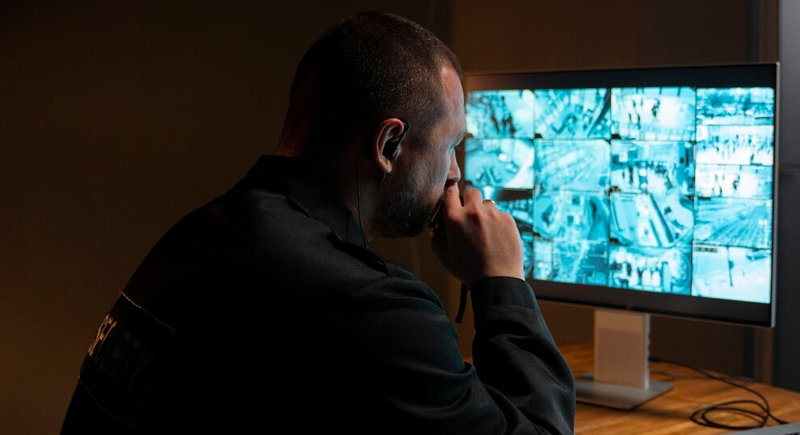
Credit: freepik
Following an incident, museums might reassess and enhance their security measures. This could include installing barriers to keep visitors at a safe distance from artwork, updating surveillance systems, or increasing the number of guards on the floor.
Consultation with Artists or Lenders
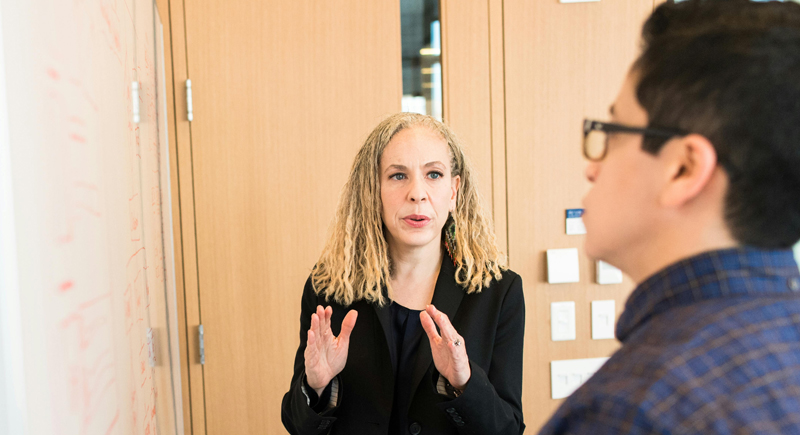
Credit: pexels
If the damaged artwork is a loan from an artist or another institution, the museum will consult with the owner regarding the damage, restoration process, and any potential impact on the value or integrity of the piece. This collaboration ensures all parties are in agreement on the best course of action.
Legal Review
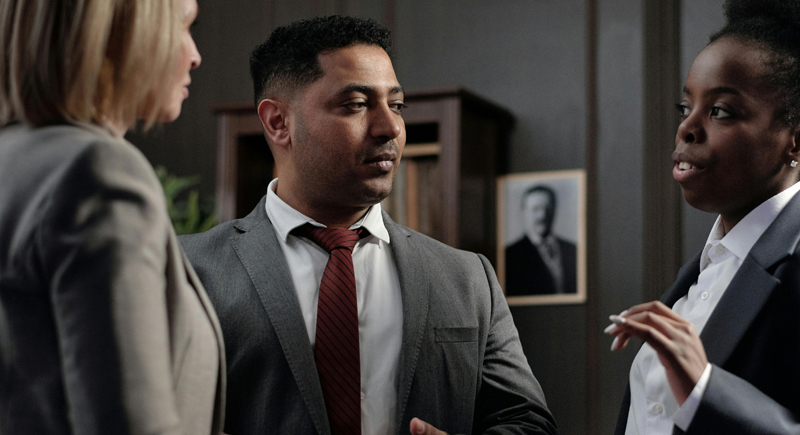
Credit: pexels
The museum’s legal team might review the incident to advise on potential liability issues and to ensure that all actions taken are in compliance with contractual obligations, especially for loaned works where specific conditions might apply.
Documentation and Archiving
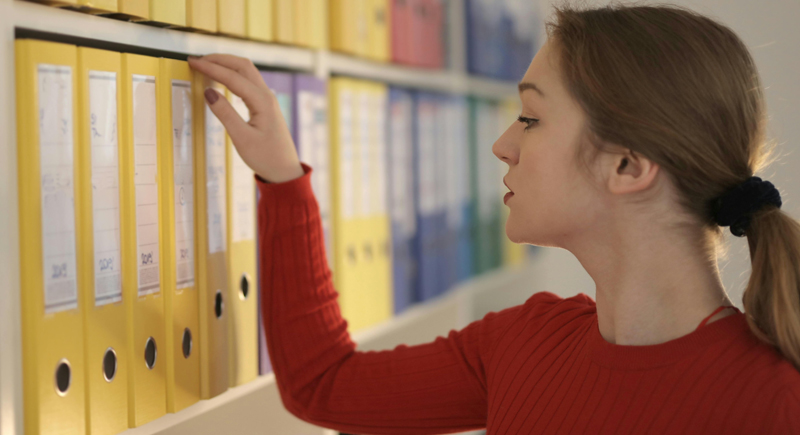
Credit: pexels
Beyond the immediate incident report, museums meticulously document the damage and restoration process for archival purposes. This documentation provides valuable data for future conservation efforts and research.
Review of Artwork Display Methods

Credit: pexels
To prevent future incidents, museums might review and possibly revise how artworks are displayed. This could involve rethinking the design of exhibition spaces, the use of protective glass, or the way artworks are mounted.
Engagement with Conservation Communities
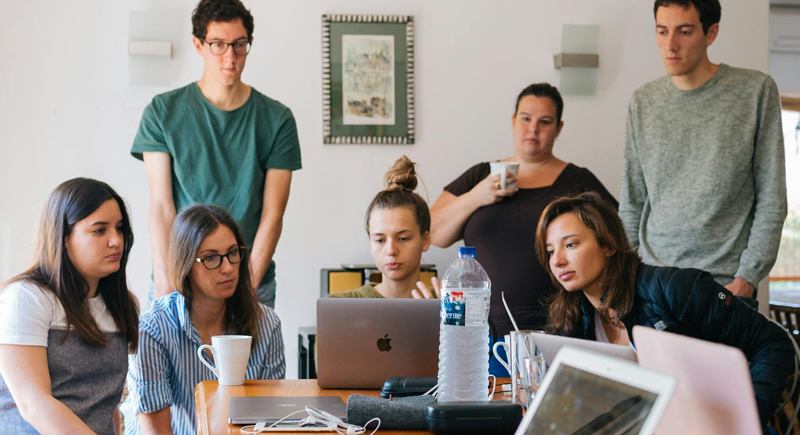
Credit: pexels
Museums often engage with broader conservation and museum communities to share what they have learned from the incident. They contribute to the collective knowledge of artwork preservation and incident management by discussing challenges and solutions.
Revisiting Insurance Policies

Credit: pexels
After dealing with the aftermath of artwork damage, museums might revisit their insurance policies to ensure adequate coverage. This reassessment may lead to updated policies that better reflect the risks and realities of displaying and preserving art.